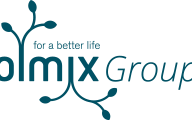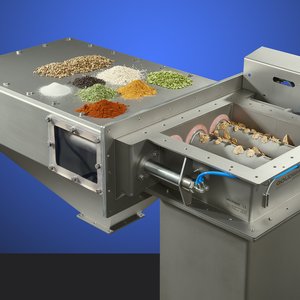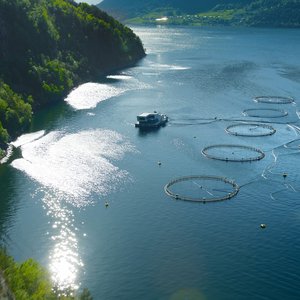Olmix shared its expertise on mycotoxin’s role in bacterial and viral disease outbreaks during a talk in the World Mycotoxin Forum. For several years, Olmix has developed a deep expertise in mycotoxin management at farm and feed industry levels. Olmix provides several tools to its partners in order to assist them in mycotoxin diagnostics (Myco’Evaluator), mycotoxin analysis and occurrence (Myco’Screen), management of protective solutions for animals (Myco’Calculator) and scientific updates (Myco’News).
The company presented a new tool named Olmix Myco’Simulator. This app is the result of an important scientific review that characterizes physiochemical differences between mycotoxins. Myco’Simulator displays the five major mycotoxins, compares them and gives access to their physiochemical characteristics and information on their toxicity towards animals. Based on previous scientific reviews published at the World Mycotoxin Forum 2018, the app also simulates the adsorption of mycotoxins by the major adsorbents. The app is an interactive tool that easily visualizes mycotoxin complex conformations and interactions.
Mycotoxins have a deep impact on gut health and immune defense, both increasing the sensitivity of animals to pathogen attacks. Julia Laurain, feed product specialist, addressed an updated scientific review on the impact of mycotoxins in the gut colonization, gut barrier efficacy and immune defense. The existing data on mycotoxin effects on viral and bacterial outbreaks were also presented.
The World Mycotoxin Forum is an international meeting series on mycotoxin issues where food and feed industry representatives meet with people from universities and governments from around the world to exchange current knowledge, promote harmonization of food and feed safety regulations and control procedures, and make recommendations for integrated strategies ensuring the safety and security of the food and feed supply chain.










